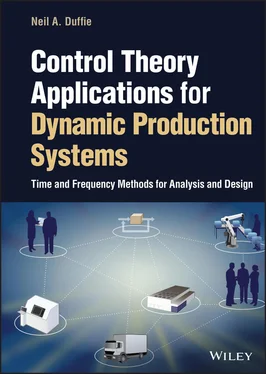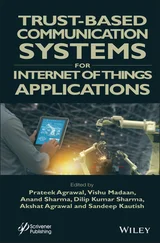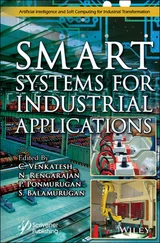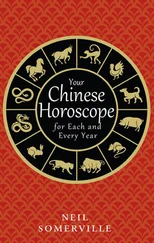Production engineers can significantly benefit from becoming more familiar with the tools of control system engineering because of the following reasons:
The dynamic behavior of production systems can be unexpected and unfavorable. For example, if AI is incorporated into feedback with the expectation of improving system behavior, the result instead might be unstable or oscillatory. If a control theoretical model is developed for such a system, even though it is an approximation, it can be an effective and convenient means for understanding why such a system behaves the way it does. A control theoretical analysis can replace a multitude of simulations from which it may be difficult to draw fundamental conclusions and obtain initial guidance for design and implementation of decision-making.
Many useful decision-making topologies already have been developed and are commonly applied in other fields but are unlikely to be (re)invented by a production engineer who is unfamiliar with control system engineering. Well-known practical design approaches arising from control theory can guide production engineers toward systems that are stable, respond quickly, avoid oscillation, and are not sensitive to day-to-day variations in system operation and variables that are difficult to characterize or measure.
Delays and their effects on a production system can be readily modeled and analyzed. While delay often is not significant in design of electro-mechanical systems, delay can be very significant in production systems. The implications of delay need to be well understood, including the penalties of introducing delay and the benefits of reducing delay.
Analysis and design using frequency response is an important additional perspective in analysis and design of dynamic behavior. Production systems often need to be designed to respond effectively to lower-frequency fluctuations such as changes in demand but not respond significantly to higher-frequency fluctuations such as irregular arrival times of orders to be processed. Analysis using frequency response is not a separate theory; rather, it is a fundamental aspect of basic control theory that complements and augments analysis using time response. Production engineers, who are mostly familiar with time domain approaches such as results of discrete-event simulation, can significantly benefit from this alternative perspective on dynamic behavior and analysis and design using frequency response.
In this book, emphasis is placed on analysis and examples that illustrate the opportunities that control theoretical time and frequency perspectives present for understanding and designing the behavior of dynamic production systems. The dynamic behavior of the components of these systems and their interactions must be understood first before decision-making can be designed and implemented that results in favorable overall dynamic behavior of the production system, particularly when the structure contains feedback. In the replanning system with the topology in Figure 1.1, control theoretical modeling and analysis reveal that relationships between the period between replanning decisions and delays in making and implementing decisions can result in undesirable oscillatory behavior unless these relationships are taken into account in the design of replanning decision-making. Benefits of reducing delays using digital technologies can be quantified and used to guide replanning cycle redesign. In the production capacity decision-making approach shown in Figure 1.2, modeling and analysis from a frequency perspective can be used to guide design of the decision rules used to adjust capacity provided by permanent, temporary, and cross-trained employees, but also reveals that these decision rules can work at cross-purposes unless phase differences are explicitly considered.
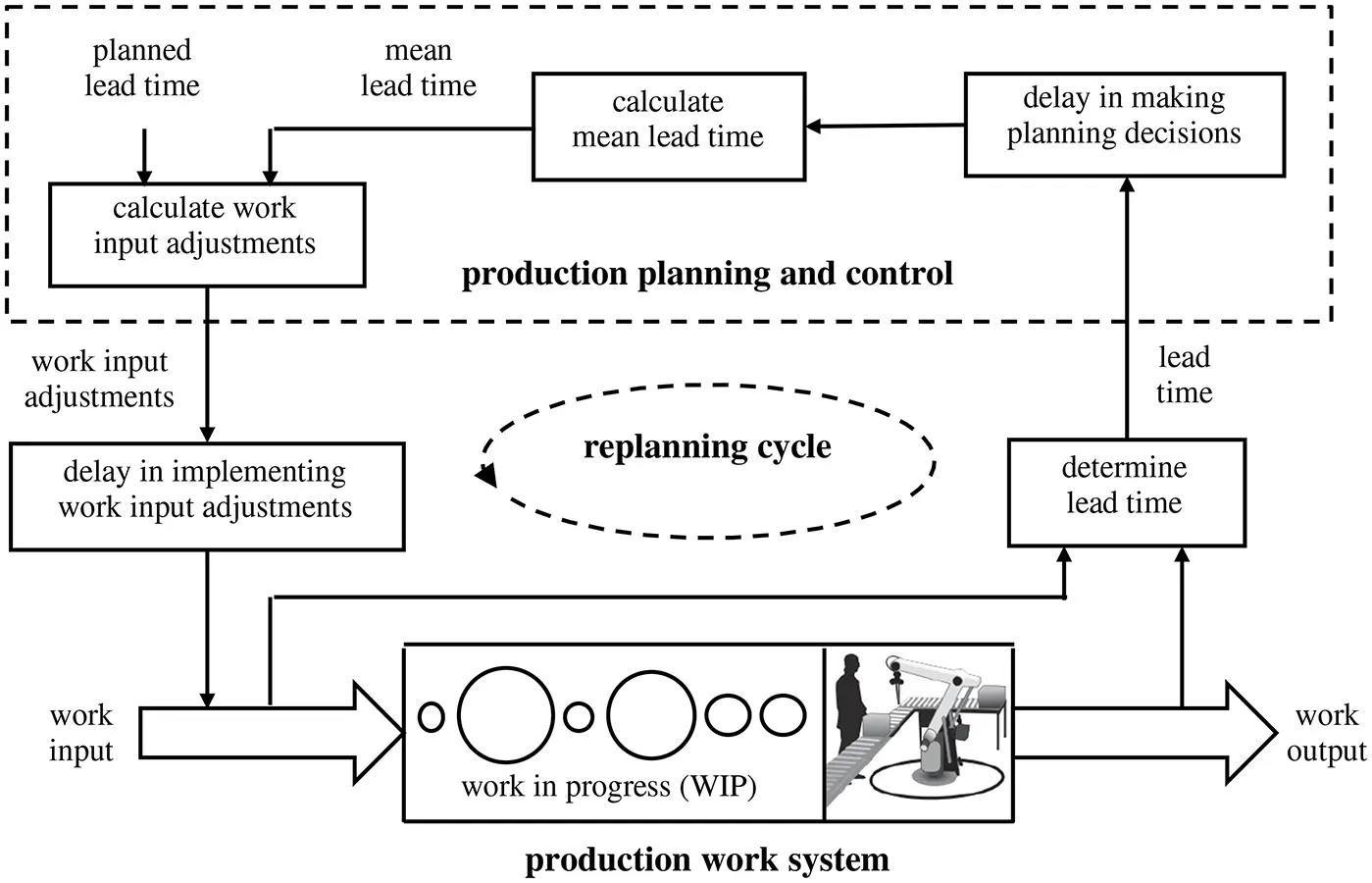
Figure 1.1 Replanning cycle with significant delays.

Figure 1.2 Adjustment of permanent, temporary, and cross-trained employee capacity based on frequency content of variation in order input rate.
In the planning and scheduling system shown in Figure 1.3, failure to understand the interactions between backlog regulation and work-in-progress (WIP) regulation when designing their decision rules can lead to unexpected and adverse combined dynamic behavior. Design guided by modeling and analysis achieves system behavior that reliably meets goals of effective backlog and WIP regulation. In the four-company production network shown in Figure 1.4, modeling and analysis of interactions between companies allows decision rules to be designed for individual companies that result in favorable combined dynamic behavior. Benefits and dynamic limitations of information sharing between companies can be quantified and used in evaluating the merits and costs of information sharing and designing the structure in which it should be implemented. In the production operation shown in Figure 1.5, control theoretical modeling and analysis of the interacting components enables design of control components that together result in favorable, efficient behavior.
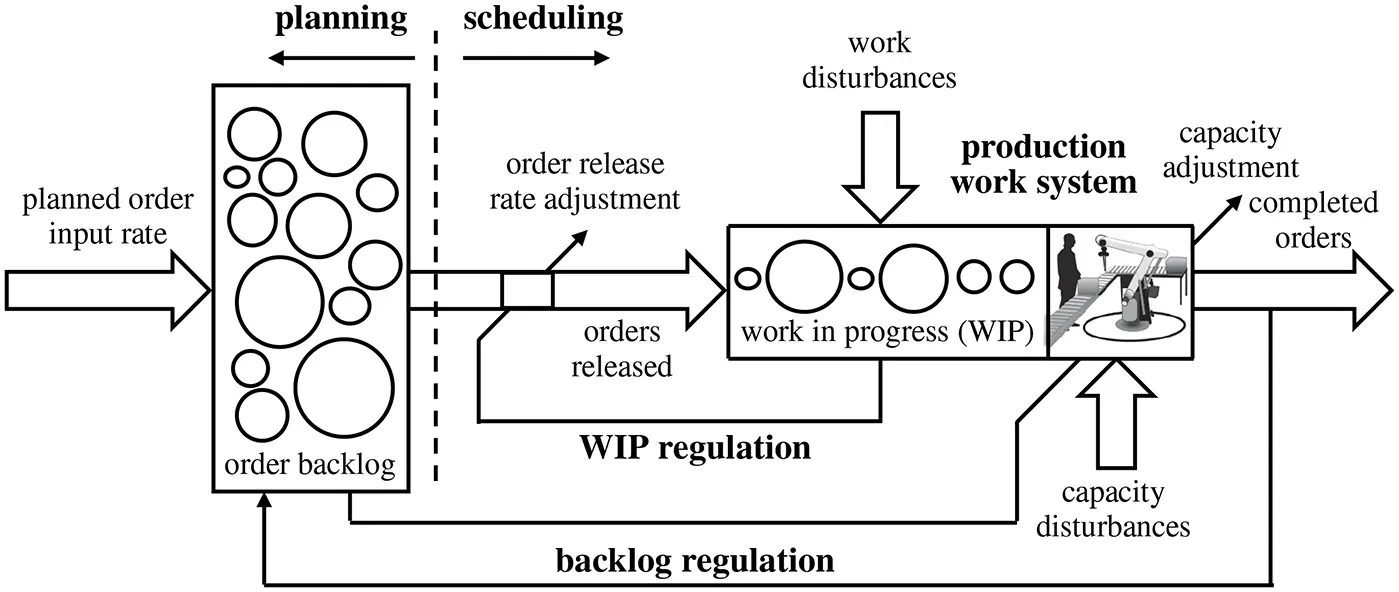
Figure 1.3 Regulation of backlog and WIP.
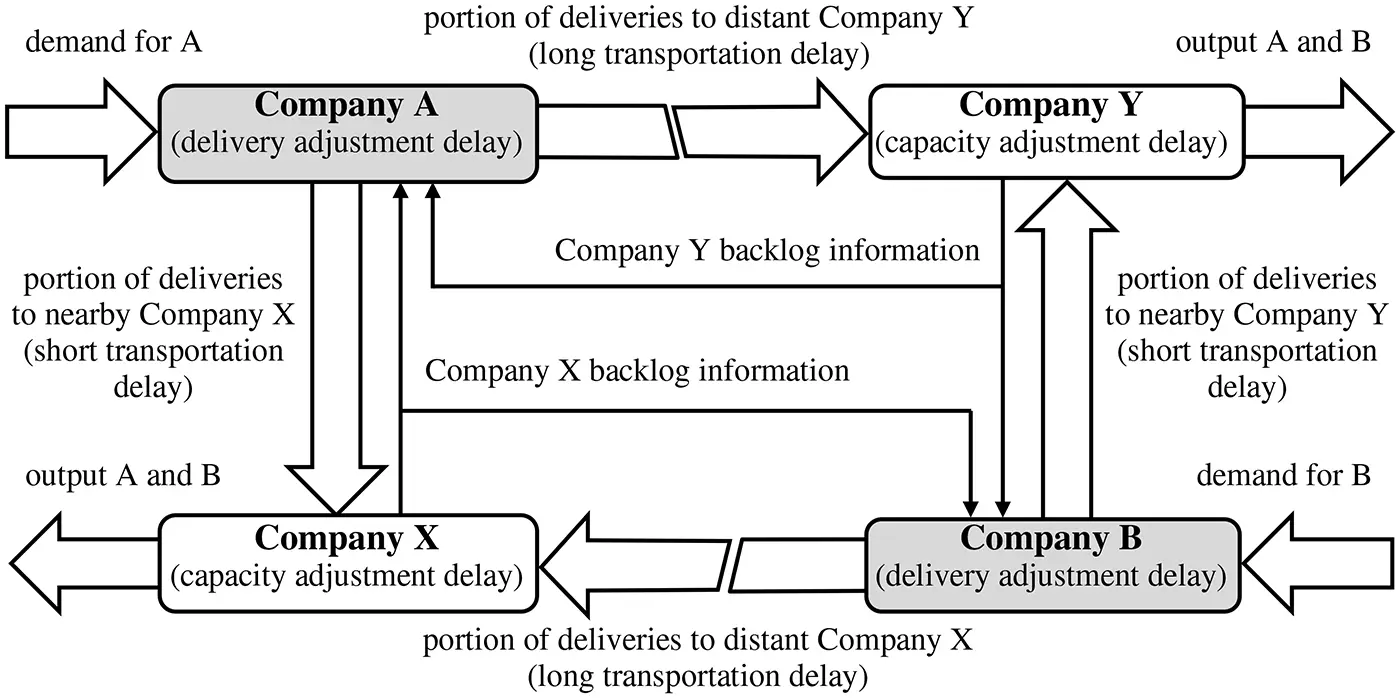
Figure 1.4 Adjustment of deliveries based on feedback of backlog information.
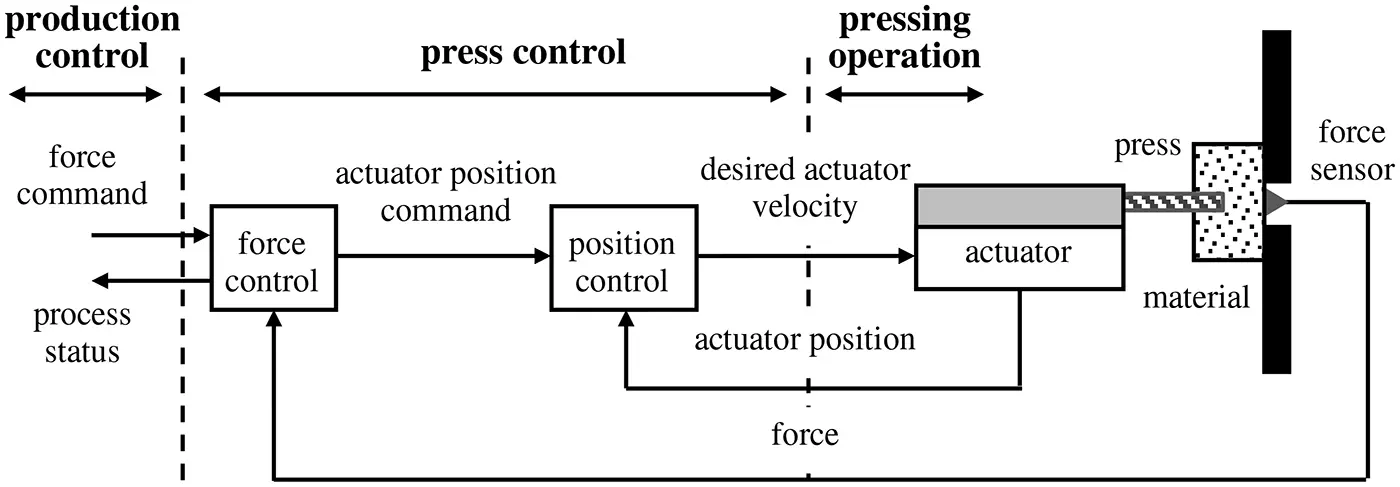
Figure 1.5 Control of force and position in a pressing operation.
There has been considerable research in the use of control theoretical methods to improve understanding of the dynamics behavior of production systems and supply chains [1–4], but many production engineers are unfamiliar with the application of the tools of control system engineering in their field, tools that are well-developed and used extensively by electrical, aerospace, mechanical, and chemical engineers for mathematically modeling, analyzing, and designing control of electro-mechanical systems and chemical processes. The tools of control system engineering include a daunting variety of mathematical approaches, but even the most basic control theoretical methods for modeling, analysis, and design can be important additions to the productions system engineer’s toolbox, complementing tools such as discrete event simulation. The content of this book has been chosen to be immediately relevant to practicing production engineers, providing a fundamental understanding of both continuous-time and discrete-time control theory while avoiding unnecessary material. Some aspects of control theory covered in traditional texts are omitted here; for example, the principles of obtaining discrete-time models from continuous-time models are discussed, but the variety of mathematical methods for doing so are not because practicing production engineers rarely or never use these methods; instead, practicing production engineers need to obtain results quickly with the aid of control system engineering software. Similarly, practicing production engineers rarely or never need to find explicit solutions for differential and difference equations, and such solutions are only discussed in this book when they support important practical developments. Straightforward examples are presented that illustrate basic principles, and software examples are used to illustrate practical computation and application. The goal throughout this book is to provide production engineers and managers with valuable and fundamental means for improving their understanding of the dynamic behavior of modern production systems and guiding their design of future production systems. A brief biography is included at the end of this book for readers who are interested in further study including additional theoretical derivations, alternative methods of analysis and design, other application areas, and advanced topics in the ever-evolving field of control system engineering.
Читать дальше
